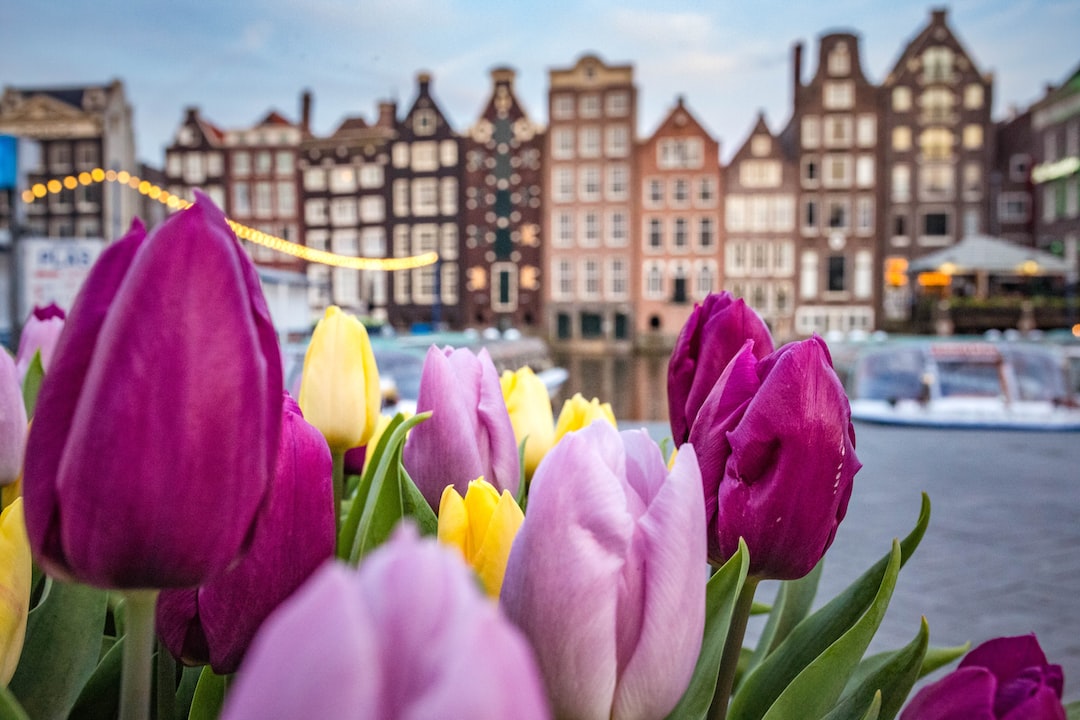If you’re planning a wedding, it’s important to understand the cultural traditions that come with each country.
Dutch weddings are no exception.
With so many Dutch wedding traditions out there, you’ll want to ensure your big day is filled with meaningful moments and special customs.
From engagement rituals to post-wedding activities, discover what makes these nuptials truly extraordinary and why they remain an integral part of modern culture today.
So get ready to learn all there is to know about Dutch wedding traditions.
Engagement Traditions
1. Engagement traditions
These are a time-honored tradition of celebrating the start of a couple’s journey together.
In Dutch culture, it is customary for the groom to propose to the bride with an engagement ring.
This symbolizes his commitment and love for her.
Proposal customs vary from region to region but often involve getting down on one knee and presenting the ring in front of family and friends.
Engagement rings come in many styles and materials, from simple gold bands to diamond-encrusted settings.
The type of ring chosen typically reflects the couple’s tastes as well as their budget.
It is also important that both partners feel comfortable wearing their rings daily, so they should be sure to choose something that suits them both aesthetically and financially.
2. Pre-wedding
Pre-Wedding celebrations are another popular tradition among Dutch couples preparing for marriage.
These events range from intimate dinners with close family members to larger parties with extended relatives and friends.
They allow everyone involved in the wedding planning process to get together before the big day arrives, giving them a chance to bond over food, drinks, music, games, or other activities planned by either side of the family or both.
Engagement traditions are an important part of Dutch culture and can be a fun way to start your wedding journey. Now let’s explore the customs and rituals that make up the traditional Dutch wedding ceremony.
Reception Traditions
3. Food and Drink Traditions
Dutch weddings typically include a variety of traditional dishes.
The most popular foods served at Dutch weddings are Dutch pancakes, bitterballen, Dutch-style sandwiches, and other finger food, traditional stamppot (mashed potato dishes), sausages, and sweet yet savory salads such as hutspot.
Desserts commonly seen at Dutch weddings include oliebollen (Dutch doughnuts), stroopwafels (syrup waffles), poffertjes (small pancakes), and appelflappen (apple turnovers). Additionally, beer or sparkling cider is often served to toast the newlyweds.
Dutch receptions also often feature traditional foods such as herring, smoked salmon, and cheese fondue.
Beer and wine are also served for toasting the couple. Guests may be offered a selection of Dutch beers or liqueurs like jenever (Dutch gin) in addition to the usual drinks found at weddings.
The bride and groom may choose to serve a special cake made with almond paste, raisins, spices, applesauce, cream cheese frosting, or whipped cream.
4. Music and Dancing
Music is an important part of any Dutch wedding reception.
Popular songs include folk music from the Netherlands and international hits that everyone can dance to.
Guests form circles around the bride and groom while they dance together – this is known as “polonaise” dancing – before joining in themselves.
Other popular dances include waltzes and polkas, which are accompanied by accordions or other traditional instruments like flutes or drums played by live musicians or recorded tracks from DJs.
5. Toasting the couple
Performing a toast to the happy couple is another important tradition at Dutch weddings, where guests raise their glasses of beer or wine in honor of the newlyweds’ love for each other.
This custom usually takes place after dinner when all guests have gathered around tables set up for them on either side of the room, with plenty of space left in between so that people can move freely about without bumping into one another while they toast away.
Reception traditions are an important part of the Dutch wedding celebration and can often be filled with joyous music, delicious food, and heartfelt toasts.
As the reception winds down, couples may look forward to exploring post-wedding customs such as honeymoon planning and gift-giving etiquette.
6. Superstitions
There are several Dutch wedding superstitions. It is believed that it will bring good luck if the bride wears something old, something new, something borrowed, and something blue on her wedding day.
It is also thought to be good luck if the bride’s parents give her a pair of shoes as a wedding gift.
The groom is also expected to carry a lucky charm throughout the ceremony.
Another popular superstition states that when the bride and groom kiss at the end of the ceremony, it should be done standing on their feet for seven seconds or until a coin falls on the ground – whichever happens first!
Post Wedding Traditions
These post-wedding traditions are an important part of any wedding celebration. Let’s learn how the Dutch like to do things.
7. Gift giving
Gift-giving etiquette dictates that gifts should be opened in private after all guests have left the reception venue.
It is considered polite for couples to thank each guest personally with a handwritten note or phone call as soon as possible after receiving their gift.
This is especially true for close family members and friends who may have gone out of their way to purchase something special for the newlyweds.
When it comes time to open presents, many couples find it helpful to enlist the help of family members or bridal party attendants so that everything can be organized into piles by category (kitchenware items together, linens together, etc.).
This makes it easier when writing thank you notes since couples will know exactly what each person gave them without having to search through individual boxes or bags later on down the line.
Couples should also keep track of who sent which gift so that they don’t accidentally send duplicate thank you cards, as this could lead to hurt feelings among those closest to them.
Finally, couples should make sure they save any receipts associated with gifts received in case there’s ever an issue with returns or exchanges down the road; this way, everyone involved stays happy.
8. Honeymoon
The Dutch have a long-standing tradition of taking a honeymoon after the wedding ceremony.
It is often seen as an important part of marriage, and couples spend weeks or even months abroad, traveling and discovering new places together.
Many married couples choose to visit other parts of Europe, while others prefer to plan long road trips across North America or South Africa.
Certain luxury resorts in the Caribbean or the Mediterranean also remain popular honeymoon destinations for newly married Dutch couples.
Couples can also choose to stay in their city or town for a “staycation” if they prefer not to travel far away.
Conclusion
Dutch wedding traditions are an important part of the culture and can add a unique flavor to any wedding.
From engagement traditions, such as presenting the bride with a bouquet, to post-wedding traditions, like hosting a reception for family and friends, there is something special about incorporating dutch customs into your big day.
Whether you choose one or all of these dutch wedding traditions, it’s sure to be an unforgettable experience for everyone involved.




